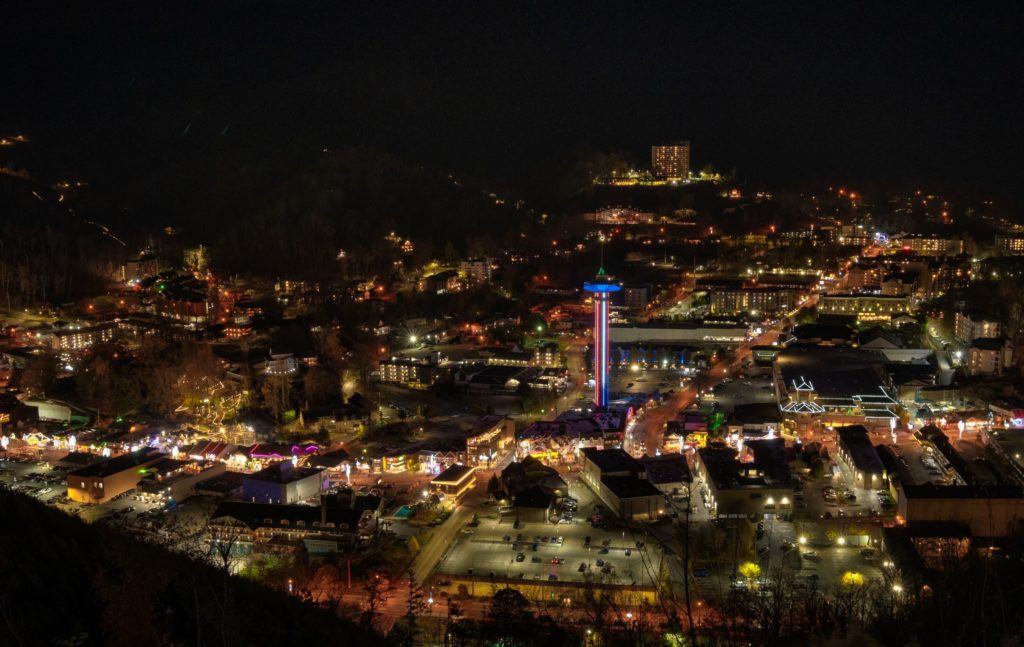From its humble beginnings to becoming a thriving tourist haven, Gatlinburg’s journey unfolds like a captivating narrative, blending natural beauty with the indomitable spirit of its residents. In this blog post, we’ll embark on a journey through time, exploring the history that has shaped Gatlinburg into the charming town it is today.
Early Settlers and the Ogle Family Legacy (1800s):
Gatlinburg’s story begins in the early 1800s when the first settlers, including Martha Jane Huskey Ogle and her family, arrived in the area. The Ogle family, particularly William Ogle, played a pivotal role in establishing the community. Today, the Ogle Cabin stands as a testament to their enduring legacy, serving as a preserved piece of Gatlinburg’s pioneer history.
Radical Change with the Arrival of the Gatlin Family (1850s):
The town’s name owes itself to a controversial figure, Radford Gatlin, a Presbyterian minister. However, his divisive actions led to the renaming of White Oak Flats to Gatlinburg, reflecting a period of upheaval and change.
Post-Civil War Reconstruction (Late 1800s – Early 1900s):
Following the Civil War, Gatlinburg underwent a period of reconstruction and renewal. The Little Greenbrier School, established in 1882, became a cornerstone of education for local children. The town’s isolation, surrounded by the Smoky Mountains, shaped its character, fostering self-sufficiency among its residents.
Sugarlands Distilling Company and Prohibition (Early 1900s):
In the early 20th century, Gatlinburg faced the challenges of Prohibition. The Sugarlands Distilling Company, originally a moonshine operation, emerged during this time. Today, it stands as a legal distillery, offering visitors a taste of the region’s spirited history.
Great Smoky Mountains National Park (1930s):
The creation of the Great Smoky Mountains National Park in the 1930s marked a significant chapter in Gatlinburg’s history. The town, situated at the park’s entrance, transformed into a gateway for visitors eager to explore the natural wonders of the Smokies.
Tourism Boom and the Arts and Crafts Community (1950s – 1960s):
Gatlinburg experienced a tourism boom in the mid-20th century, drawing visitors with its mountain charm and proximity to the national park. The establishment of the Great Smoky Arts and Crafts Community in 1937 further enriched the town’s cultural landscape, showcasing the talents of local artisans.
Modernization and Growth (1970s – Present):
As Gatlinburg embraced modernization, it retained its small-town appeal. The construction of the Gatlinburg Space Needle in the 1970s and the development of Ober Gatlinburg, a mountain-top amusement park, added new dimensions to the town’s allure.
Overcoming Challenges: Gatlinburg Wildfires (2016):
In 2016, Gatlinburg faced a devastating challenge with the wildfires that swept through the region. The community rallied together to rebuild, demonstrating resilience and solidarity in the face of adversity.
Gatlinburg Today: A Blend of Tradition and Tourism:
Today, Gatlinburg seamlessly blends its rich heritage with a thriving tourism industry. Visitors can explore the historic district, stroll along the Parkway, and experience the warmth of Southern hospitality in the heart of the Smoky Mountains.
Gatlinburg’s history is a tapestry woven with threads of courage, community, and a deep connection to the natural beauty that surrounds it. As you explore the streets, cabins, and landmarks, remember that each corner of Gatlinburg holds a piece of its captivating story, inviting you to be a part of its ongoing narrative.





